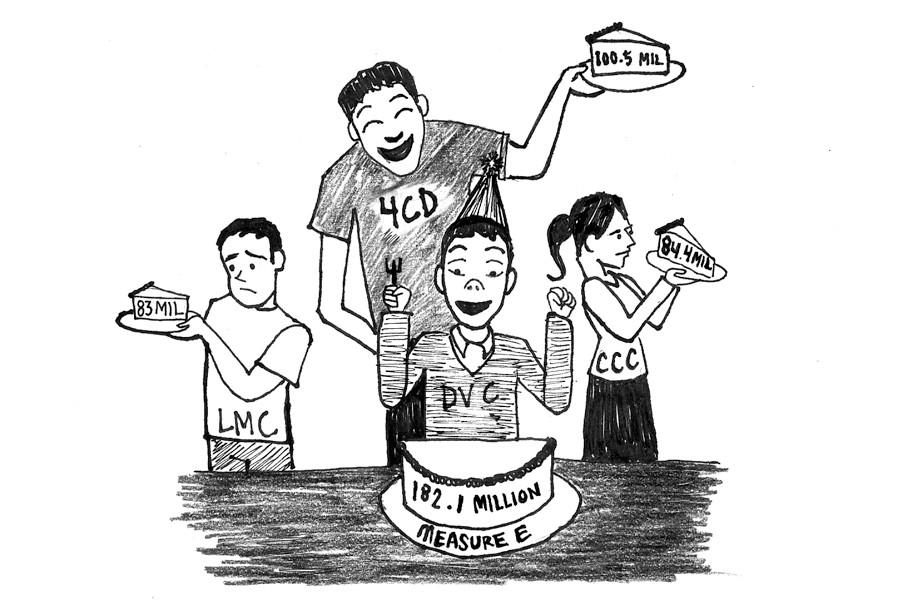Measure E lacking
District fails to allocate enough funding to college
May 17, 2015
With the passage of Measure E by voters last June, the district was provided $450 million in additional funding to be used exclusively to improve facilities on its three campuses.
And while The Advocate congratulates the Board of Trustees for securing needed funding with the passing of the bond measure, the allocation process funnels money away from the college in the most need.
Contra Costa College has the oldest facilities in the district and runs the risk of being devastated by an earthquake as the Hayward Fault dissects the campus.
Its sister campus, Diablo Valley College in Pleasant Hill, however, was allocated $184.4 million from the bond measure; more than double than what was given to a campus completely within the Alquist-Priolo Zone — CCC.
The Alquist-Priolo Zoning act of 1972 created a 2,000-foot area running parallel on either side of the active 72-mile long Hayward Fault in which buildings must be able to withstand sizable temblors.
“If the buildings on (CCC’s) campus pre-date 1975 then that would imply that there is significant retrofitting that needs to be done,” USGS geophysicist Jack Boatwright said. “The shaking from the (temblor) itself won’t damage the structures significantly, but if earth under the building is displaced, it could tear the structure apart.”
The board did take the seismic risk of CCC into consideration and gave the college some additional money when the original metric, based on college enrollment and FTES, only provided it with about $60 million.
District Chief Facilities Planner Ray Pyle said an additional $20 million was given to CCC after realizing that there is a “critical need” to replace aged buildings and brought it almost on par with Los Medanos College, which opened in 1974, and its $83 million allocation.
But the $80 million allocation is insufficient considering the age, and location, of some CCC buildings.
Boatwright said there is a 25 percent chance that a significant 7.0 or greater magnitude earthquake will happen on the Hayward Fault within the next 30 years and now “is considered the most dangerous slip-strike fault in the United States.”
Pyle said after evaluating all the facilities at each college in the district, $750 million would be needed to bring every facility up to modern standards.
The cost of building new facilities at CCC would be worth going for more bond funding considering the Gym Annex, Art, Gym, Physical and Biological Sciences buildings, all built between the years of 1956 and 1970, are the oldest standing structures in the district.
These buildings were rated at a seismic risk level of IV or higher in a Thornton Tomassetti Contra Costa College Seismic Evaluation and Retrofit Study in 2010, and considered “questionable” for public schools. Anything higher is considered seismically “unacceptable.”
While there were recent retrofits to the science buildings on campus, the athletic department’s buildings remain untouched since 1967.


